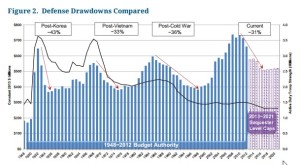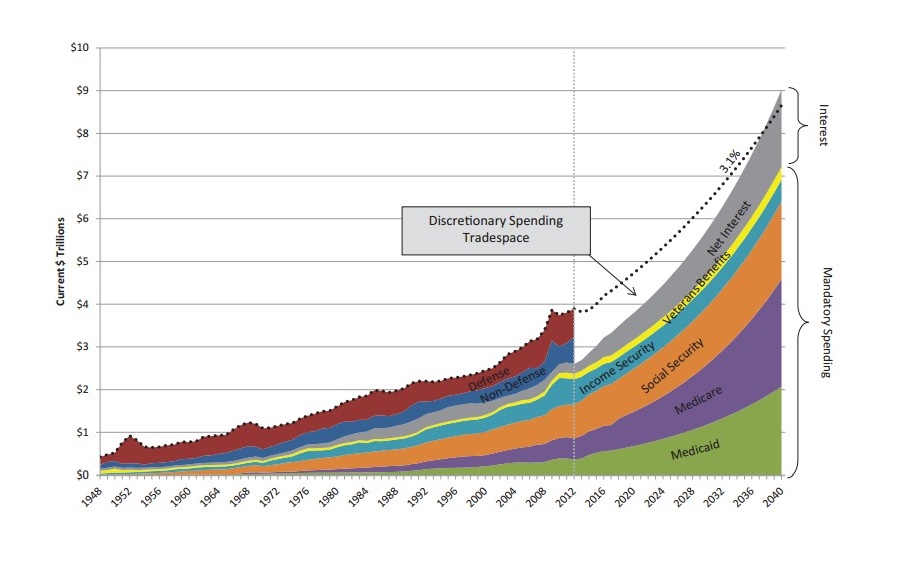The US military will be scaled down in the next seven years, according to the plans of the US government, which is aiming to create an “affordable military” by 2021. A report published Wednesday by the Center for Strategic and International Studies (CSIS), focused on coping with an across-the-board drawdown while still maintaining US security, has provided recommendations that would overturn the last 10 years of US defense policy–which has focused on unconventional warfare against terrorist insurgents and a shift to the Far East–to focus instead on today’s most pressing threats to the US.
“The post-9-11 US defense drawdown will be significantly deeper than is generally recognized,” stated the authors of the report. The cause of the reduction in funding is the “double whammy” of decreased purchasing power of US dollars and topline drawdown. The amounts that the Department of Defense (DoD) will be able to afford in 2021 will be smaller across the board–many areas will see reduced capacity.
“To cope with a drawdown of this magnitude, DoD needs to adopt a dramatically different approach to force planning–one that is grounded in the acceptance of budgetary caps established by the Budget Control Act of 2011 (BCA),” stated the report. The teams responsible for the report focused on how the DoD could “minimize the impact of a deep budgetary reduction and provide the military capabilities needed for the strategic realities of 2021 and beyond.”

The report, “Building the 2021 Affordable Military,” was authored by Clark A. Murdock, Ryan Crotty and Angela Weaver for the CSIS Affordable Military Working Group and the earlier CSIS Defense Drawdown Working Group, and represents two years of work by the teams. It was published on CSIS’s website at the beginning of June. The team also relied on the work of other leading think tanks for their conclusions.
The research team proposed a number of options for reducing spending, but advised a focus on containing and deterring Russia and China, given the aggressive policies of the two nations as demonstrated by China’s assertion of ownership of 90 percent of the South China Sea and Russia’s annexation of Crimea.
The team also preparing for a conventional war with another great power, reducing troop numbers and investing in weapons, equipment, science and technology. In particular, long-range bombers, attack subs, nuclear modernization, aerial and space surveillance, national missile defense and “tripwire” deployment brigades seemed important to the research team, who stated, “This aggressive investment in modernization is aimed at sustaining the US high-tech edge versus Russia and China.”
CSIS is a nonprofit organization based in Washington, DC, which has worked for the US military, developing solutions to policy changes for over 50 years since its founding during the Cold War. CSIS has 220 full-time staff and a large network of affiliates.
US defense spending peaked in 2010–when deployments in Afghanistan were at their highest–at $730 billion dollars (in 2013 dollars). The budget proposed for 2021, by which time the defense dollar is expected to have lost 15 percent of its purchasing power because of the aggregate impact of internal cost growth–increased personnel and other costs.
By James Haleavy
